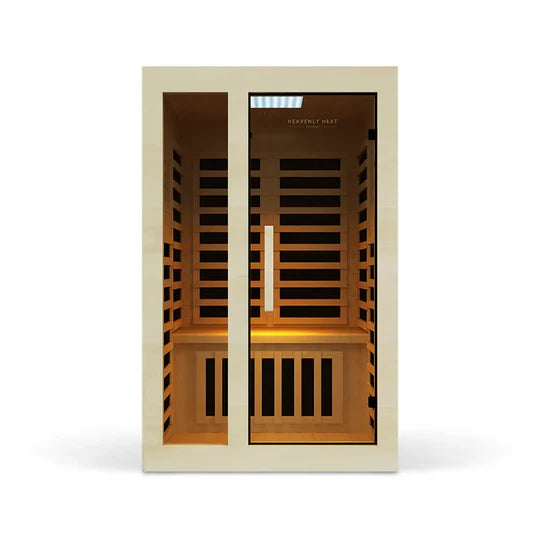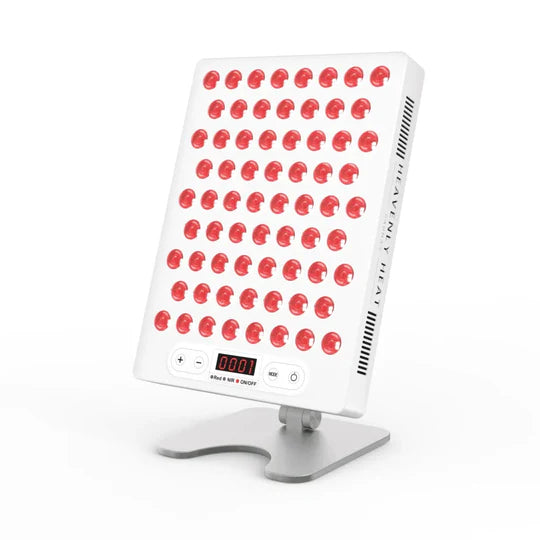Best Practices for Using Red Light Therapy to Boost Brain Health

Red light therapy offers powerful benefits, such as reducing inflammation, improving skin health, and accelerating muscle recovery.
But can it also improve brain health? With mental disorders affecting 1 in every 8 people globally, many struggle with anxiety, depression, and cognitive decline—issues that can severely impair daily life and mental clarity.
Unfortunately, access to effective treatment remains limited for most. However, red light therapy is emerging as a promising solution to help alleviate these concerns and boost overall mental wellness.
Key Takeaways
- Enhance Your Cognitive Function: Red light therapy can improve brain energy and blood flow, benefiting cognitive performance.
- Protect Your Brain Cells: This therapy promotes neuro-protection, helping to keep brain cells healthy and resilient against damage.
- Improve Memory in Alzheimer’s Patients: Regular sessions of red light therapy may aid memory improvement and slow cognitive decline in individuals with Alzheimer’s.
- Target the Right Area: Focus treatment on your head for maximum benefits to brain health.
- Combine with Healthy Habits: Pair red light therapy with exercise, a balanced diet, and mindfulness practices for optimal brain health results.
Why Is Red Light Therapy Good for Your Brain?
Numerous studies indicate that red light therapy offers significant benefits for brain health. Below, we highlight three research-backed advantages of red light therapy that contribute to enhanced cognitive function and overall brain health.
RLT can Enhance your Cognitive Function
Red light therapy can be a powerful tool to enhance cognitive function by improving brain energy production and blood flow.
A 2014 study led by Margaret A. Naeser et al. explored the effects of red and near-infrared light therapy on people with chronic, mild traumatic brain injuries (mTBI).
In this study, eleven participants with long-term cognitive difficulties received 18 sessions of red light therapy across various points on their scalp. The results showed notable improvements:
participants performed better on cognitive tests, such as the Stroop Test for executive function and verbal memory recall.
Moreover, many experienced better sleep, reduced PTSD symptoms, and improved social and work abilities, highlighting the therapy’s brain-boosting benefits.
It keeps your brain cells healthy and protects them from damage
Neuroprotection means keeping brain cells healthy and protecting them from damage, which is vital for keeping our brains sharp as we age.
Red light therapy, a type of low-level light therapy (LLLT), is becoming popular for promoting neuroprotection by boosting cell energy in the brain.
A study by Julio C. Rojas and F. Gonzalez-Lima (2011) tested LLLT’s effects on the brain and found that it activates cytochrome oxidase, a key enzyme that increases energy in brain cells.
This extra energy makes brain cells stronger, better at handling stress, and more resistant to damage. They also found that red light therapy helps blood flow in the brain and activates antioxidants that protect brain cells from harmful molecules—all without any negative side effects.
It Improves Memory in Alzheimer’s
Alzheimer’s disease causes progressive memory loss and cognitive decline, often marked by brain changes that interfere with memory and thinking.
Red light therapy (RLT) is emerging as a potential tool to combat these effects. In a study by researchers at the Beijing Institute of Brain Disorders, they tested the impact of RLT on older adults with mild to moderate Alzheimer’s.
Over 24 weeks, participants received RLT sessions five days a week, while another group continued regular treatments without RLT.
The study team conducted memory and cognitive tests, along with brain scans and biomarkers, to track changes.
Results revealed that RLT significantly improved cognitive scores by reducing formaldehyde levels, a compound linked to Alzheimer’s progression.
This suggests that regular RLT sessions could aid in memory improvement and slow cognitive decline in Alzheimer’s patients.
Best Practices for Using Red Light Therapy to Boost Brain Health
Target the Right Area
For effective brain health benefits from red light therapy (RLT), focus on targeting your head. This allows the brain to respond directly to the light, which may support improved brain function and be beneficial for conditions like Alzheimer’s.
Use the Right Wavelength
For the best results with red light therapy, use a wavelength of 630 nm. This specific wavelength reaches deep into the brain and activates cells that help clear harmful substances like formaldehyde.
In one study, older adults with mild to moderate Alzheimer’s disease saw improvements in cognitive function after using this wavelength.
Optimal Session Duration and Frequency
To get the best results from red light therapy (RLT), aim for sessions that last about 30 minutes, five times a week.
This consistent routine can make a significant difference in your health! For instance, a study by Margaret A.
Naeser found that people with mild traumatic brain injuries showed improved cognitive abilities after completing 18 RLT sessions.
In another study from the Beijing Institute, Alzheimer’s patients experienced remarkable gains in their thinking skills with regular RLT. By sticking to this schedule, you can enjoy great benefits and enhance your well-being!
Prepare Yourself for Red Light Therapy
Getting ready for red light therapy is easy but makes a big difference. Start by making sure the area you’re treating, like your head, is clean and dry.
Skip any hair products so nothing blocks the light. Wear something comfortable so you can fully relax, and set up a calm space to help you enjoy and get the most out of each session.
Combine with Other Brain-Healthy Practices
Pair red light therapy (RLT) with healthy habits like regular exercise, a balanced diet, and mindfulness practices such as meditation.
These routines enhance blood flow, reduce stress, and support brain health alongside your RLT sessions.
How long does it take to see brain health benefits from red light therapy?
Red light therapy can offer brain health benefits in different time frames, as shown in various studies. For example, a 2014 study with participants who had mild traumatic brain injuries showed improvements after just 18 sessions.
In contrast, another study on Alzheimer’s patients required 24 weeks of consistent treatment to see cognitive score improvements.
These examples highlight the importance of regular sessions; consistency is key to unlocking the full potential of red light therapy for better brain function and memory.







































